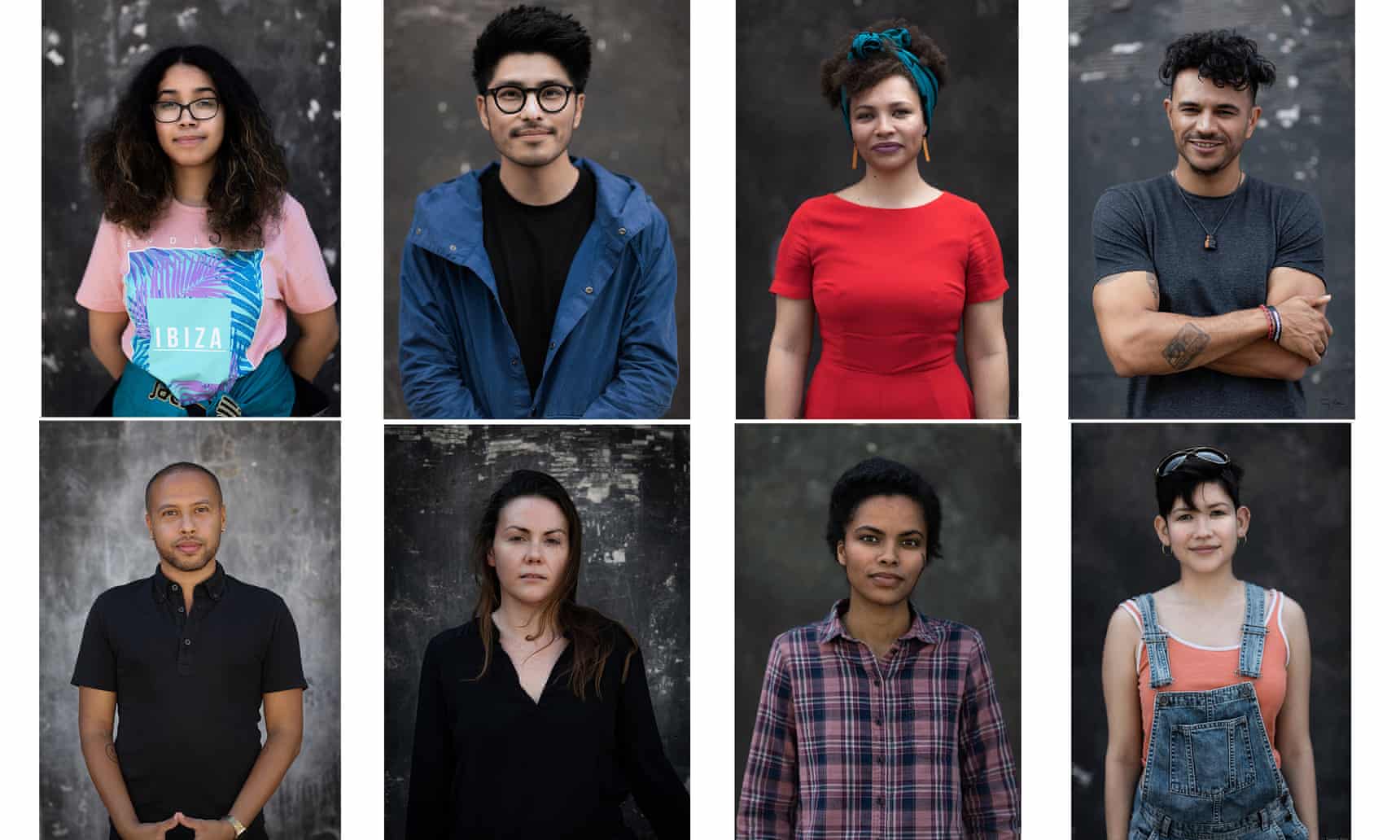Alien Citizen: An Earth Odyssey, the MoviePosted in Africa, Asian Diaspora, Caribbean/Latin America, Identity Development/Psychology, Media Archive, United States, Videos on 2018-08-28 02:19Z by Steven |
Alien Citizen: An Earth Odyssey, the Movie
HapaLis Productions
2017
Written by: Elizabeth Liang
Directed by: Sofie Calderon
Winner: 2018 Calcutta International Cult Film Festival
Who are you when you’re from everywhere and nowhere?
ALIEN CITIZEN: An Earth Odyssey is a funny and poignant one-woman show about growing up as a dual citizen of mixed heritage in Central America, North Africa, the Middle East, and New England. Elizabeth Liang is a Global Nomad or Third Culture Kid (TCK). Third Culture Kids are the children of educators, international business people, diplomats, missionaries, the military–anyone whose family has relocated overseas, usually because of a job placement.
Liang weaves humorous stories about growing up as an Alien Citizen abroad with American commercial jingles providing her soundtrack through language confusion, first love, “racial ambiguity,” culture shock, Clark Gable, bullying, and sandstorms. Our protagonist deals with the decisions every global nomad has to make repeatedly: to adapt or to simply cope; to build a bridge or to just tolerate. From being a Guatemalan-American teen in North Africa to attending a women’s college in the USA, Alien Citizen reflects her experience that neither one was necessarily easier than the other. Where is the line between respecting others and betraying yourself? Humor is a great survival mechanism – and friends make all the difference.








